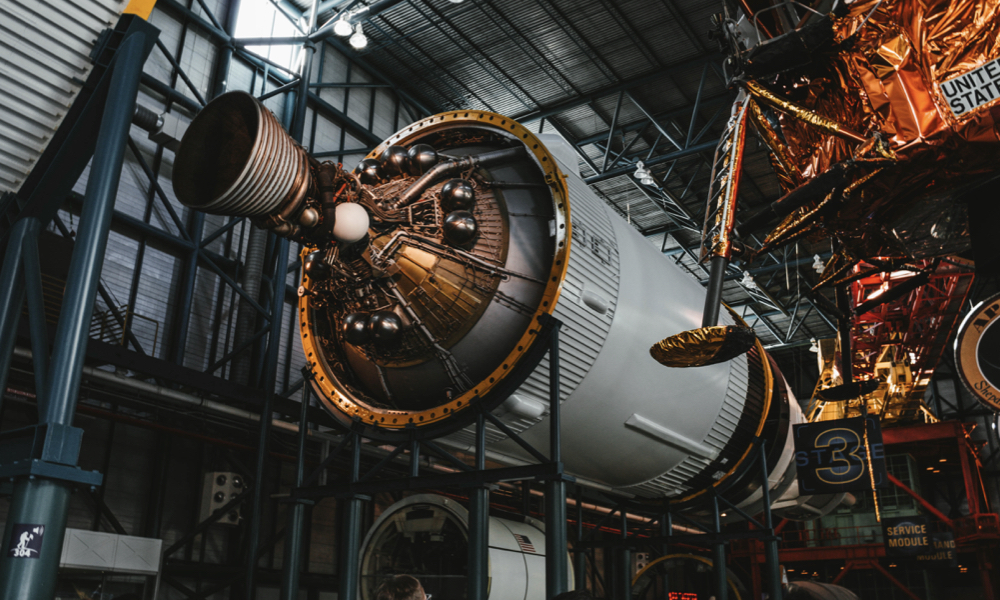
ESA Open Invitation to Tender AO10406
Open Date: 15/07/2020
Closing Date: 23/09/2020 13:00:00
Status: ISSUED
Reference Nr.: 20.1EC.04
Prog. Ref.: Technology Developme
Budget Ref.: E/0901-01 – Technology Developme
Special Prov.: AT+BE+CH+CZ+DE+DK+EE+ES+FR+FI+GB+GR+HU+IT+IE+LU+NO+NL+PL+PT+RO+SE
Tender Type: C
Price Range: 200-500 KEURO
Products: Satellites & Probes / AOCS & GNC / Sensors / Gyros
Technology Domains: Space System Control / AOCS/GNC Sensors and Actuators / AOCS/GNC Inertial and Magnetic Sensors
Establishment: ESTEC
Directorate: Directorate of Tech, Eng. & Quality
Department: Systems Department
Contract Officer: Casini, Gian Lorenzo
Industrial Policy Measure: N/A – Not apply
Last Update Date: 15/07/2020
Update Reason: Tender issue
Objectives: Analyse and evaluate the new landscape of gyro inertial technologies, their level of maturity and applicability for space use and define a detailed roadmap recommendation for new disruptive developments Description: Gyro technologies for space use have been developed in the last 30 years with significant results in widely used products. In Europe, the Fiber Optic Gyro (FOG) technologies offers the highest performance for satellites applications and is currently fulfilling all immediate mission needs. The high-performance portion of the gyro landscape is dominated by HRG technology in the United States. In Europe, this technology also has but more recently achieved very high performance, for terrestrial inertial applications. The field of new gyroscope technologies isa dynamic and strategic field of research, steered by numerous high-precision terrestrial applications. One promising technology currently studied is Atomic Interferometers (AI), which have not yet been converted in a product but has demonstrated performance metrics around 2 orders of magnitude better than FOG products. For other kind of use, Magneto-Hydro-Dynamic (MHD) technology enables very high bandwidth measurement, in a limited volume and mass, enabling active line of sight stabilization of mirrors. Future space missions will require higher performance gyro as enablers, either for high accuracy attitude pointing or line-of-sight stabilization (coronography, Earth Observation imaging missions…). The mass, volume and power consumption of such future solutions will be particularly important to enable the adequate positioning of the inertial sensors. The purpose is to exhaustively assess the recent and disruptive inertial technologies, available and under research, in order to provide assessment and detailed recommendation for space product developments. The activity encompasses following tasks- Trade off technology terrestrial inertial sensor, including functional characterisation and technology survey- Identification of most promising technology and main technical challenges with regards space application needs (incl. Robustness to space environment, volume, mass, performance)- Preliminary design (incl. Electronics)-Roadmap for future development (incl. Cost/schedule)
If you wish to access the documents related to the Invitation to Tender, you have to log in to the ESA Portal.
